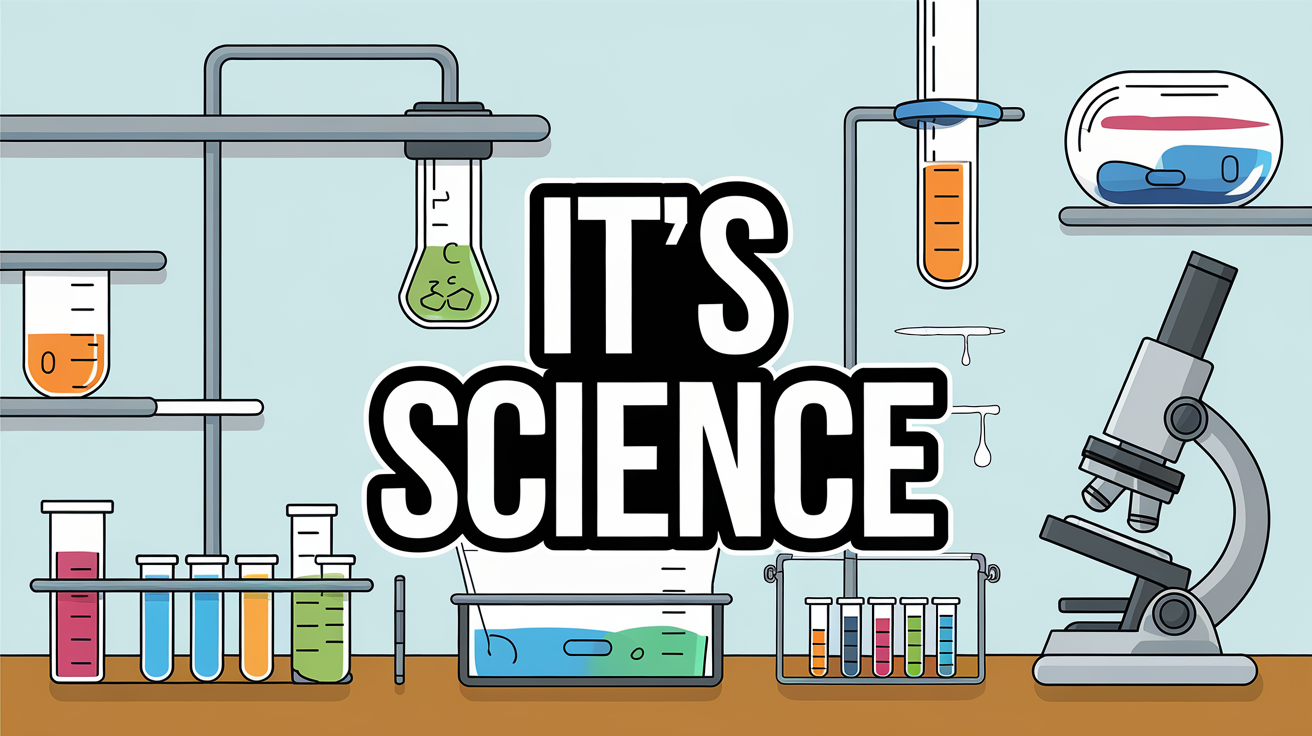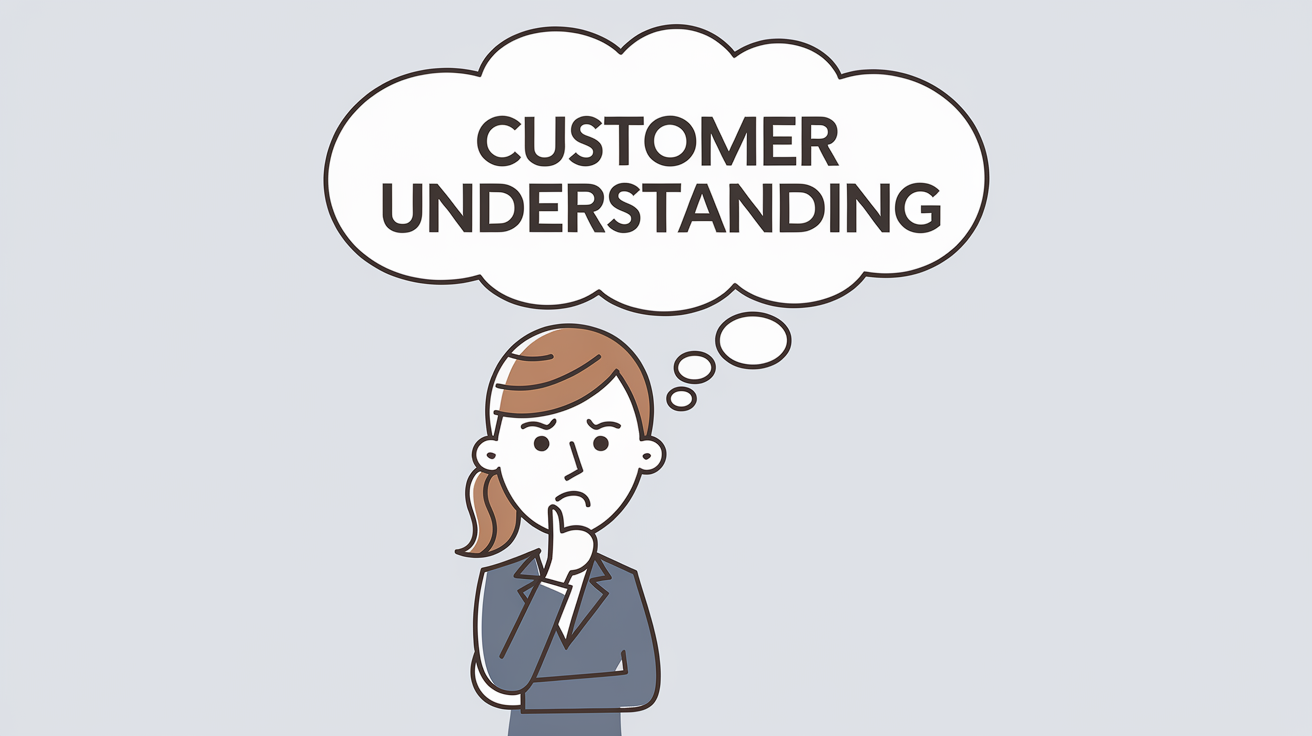Success in the world of marketing involves getting under the skin of consumers to understand what drives their behavior. The fancy term for it? Neuro-marketing. It's about using neuropsychology for successful customer engagement. Ready to dive deeper and unlock the doors to compelling marketing strategies? Let's go!
Understanding Neural Marketing
So what’s Neural Marketing all about? Let's start with a simple translation of the fancy term. Neural Marketing combines the principles of neuroscience with marketing tactics to understand and influence customer behavior. It’s about poking around the brain, figuratively, and analyzing how different marketing messages and tactics prompt certain responses. Essentially, it's kind of the "mind-reading" side of marketing, helping businesses to understand consumer reactions and tailor their strategies accordingly.
If you're imagining something highly technical involving brain scanners and lab coats, you're not entirely wrong. However, in reality, most of Neural Marketing is about smart, savvy application of neuroscience principles to everyday business phenomena. And, believe it or not, it's being used in one form or another by many of today's top brands.

In the modern business sphere, this concept is becoming increasingly valuable. Consumer behavior is increasingly unpredictable, thanks largely to the surge in digital and social media marketing and the resulting information overload. Factors such as attention span, memory, and cognitive thinking are all directly influenced by marketing tactics — and all directly influence consumer choices. This is where Neural Marketing comes into play, capable of making sense of this chaos and driving more efficient, targeted marketing strategies.
All in all, Neural Marketing is about venturing into the human brain, decoding the response to different marketing stimuli, making sense of these stimuli, and using the findings to engage customers effectively. It's a tool that fuses psychology with marketing to create a potent mix that's reshaping the marketing landscape. Buckle up because Neuroscience, it seems, is the new game changer on the marketing block!
The Neuropsychology Behind Consumer Behavior
If we take a moment to peel back the layers of neural marketing, we begin to observe a fascinating field - neuropsychology. This field of study illuminates the intricate workings of the human mind and the reasons behind our choices. Unsurprisingly, this understanding is considered a marketing gold mine.
What is Neuropsychology?
Broadly speaking, neuropsychology is the study of the structure and function of the brain as they relate to specific psychological processes and behaviors. But how does that manifest in everyday scenarios, like when you're buying a trendy pair of shoes or choosing a particular brand of coffee at the store? As it turns out, quite significantly.
The Neural Dance of Decision Making
Each decision we make is the outcome of an elaborate interplay of neural signals within the brain, which ultimately lead us to choose one option over the others. For example, a nostalgic memory of a family dinner at a pizza parlor might nudge us to pick a pizza-flavored snack over others, sometimes even without our conscious awareness!

Neuromarketing: Exploiting Neuropsychological Insights
Neuromarketing makes use of these neuropsychological insights, applying them strategically in marketing.
- The packaging design,
- The sales pitch,
- The mode of customer engagement,
Each of these aspects in marketing can be influenced by understanding what triggers the consumers' neurons.
The Ultimate Goal: Resonating with the Consumer
The aim here is to create resonance in the customers' minds, targeting not only their conscious thought process but also their subconscious inclinations. Such a strategy proves to be effective in capturing attention, eliciting emotional responses, and ultimately driving a consumer's decision to purchase.
In essence, neuromarketing offers a way to engage customers on an intriguingly intimate level, allowing marketers to influence decisions at crucial neurological points. Isn't it time you tapped into the minds of your customers... quite literally?
Leveraging Neural Marketing for Enhanced Customer Engagement

To engage in an era of information overload, brands must forge meaningful connections with their audience on an emotional, cognitive and subconscious level — and that's where Neural Marketing steps in.
Neuro-marketing utilizes psychological principles to engage customers more intimately. By diving deep into the sea of consumer minds, brands can resonate with customers on a deeper level, appealing to their intrinsic motivations, needs, and desires, eventually boosting customer engagement.
For instance, renowned brands such as Coca-Cola and Pepsi have executed successful neuromarketing campaigns. They used fMRI scans to monitor participant's brain activity while drinking both coffees without knowing the brand. Results showed participants generally preferred Pepsi, however, once they knew the brands, there was a shift in preference to Coca-Cola. This demonstrates the power of strong branding and emotional attachment—the very cues that neural marketing seeks to understand and leverage.
Even in digital advertising, the use of eye-tracking technology—a technique in Neuro-marketing— helps identify what catches viewers’ attention the most in an advertisement or on a website, leading to more engaging content creation.
Amplified customer engagement drives brand loyalty and promotes transactional behaviors, leading to increased profit margins. According to a "Forbes" report, a mere 5% increase in customer retention can escalate profits by up to 75%. Hence, the return on investment in neural marketing strategies promoting customer engagement can be monumental.
To put it simply, neural marketing isn't just a fancy buzzword—it's a real game-changer for businesses seeking to enhance customer experiences and foster enduring relationships, propelling the brand towards meteoric growth in an overly saturated marketplace.
Crafting a Neural Marketing Strategy
Having explored the wonders of neural marketing, we're ready to get our hands dirty. The process can be incremental, building upon existing marketing initiatives by folding neural components into them. Ready? Let's roll!

Step 1: Understand Consumer Psychology
At the heart of neural marketing lies an understanding of customer psyche - what turns them on, what turns them off. By using resources such as neuropsychological reports, customer surveys and data analytics, businesses can gauge patterns in consumer behaviour.
Step 2: Analyze Competitors' Strategies
Even in the world of neural marketing, it's helpful to keep an eye on your competition. Analysis of their strategies can provide valuable insights into successful and unsuccessful attempts at utilizing neural marketing. Correctly interpreting these attempts can be a gold-mine.
Step 3: Develop a Neural Marketing Plan
Once you've discovered the driving forces behind consumer behavior and analyzed competitive strategies, you're ready to develop your unique Neural Marketing Strategy. Incorporate neuroscientific insights into this blueprint, finding ways to make your marketing resonate with the consumer's brain. There is no one-size-fits-all approach here. Be creative and open-minded.
Step 4: Implement, Test, and Optimize
Bring your plan to life. But remember, it would be naive to expect success right off the bat. Implementation should be coupled with regular testing and optimization. Social A/B testing can be a good starting point to see how the target audience responds. Adjust, learn and grow.
Step 5: Sustain and Improve
Successful marketing campaigns bank on repetition, and neural marketing is no exception. Consistently implementing and improving upon your strategies ensures your message stamps itself on the consumer's brain. There's always room for enhancement.
Helpful resources like "Just Results AI" can be instrumental in setting the wheels of your Neural Marketing Strategy in motion. With a deep understanding and correct application, Neural Marketing can seamlessly enhance your existing marketing strategies.
Keep your strategy flexible, adjust to results and feedback, and remember: unlocking the benefits of neural marketing isn't a lock-and-key quest. It's an art, and quite a satisfying one when you start seeing the results.[-]
Future of Neural Marketing and Customer Engagement
We've seen how neural marketing has already revolutionized the marketing landscape, but the journey is far from over. Looking ahead, the future of neural marketing points towards an even more nuanced understanding of consumer behavior and innovative ways of customer engagement.
Neuropsychology continues to unravel the complex labyrinth of the human brain, with more advanced tools and techniques. As we continue to decode the psychology of customers even further, neural marketing will keep refining itself, enabling marketers to sculpt more tailored, personalized strategies. Digital platforms, invariably, will become increasingly proficient at predicting consumer trends and preferences, thereby enhancing customer engagement exponentially.
The role of Artificial Intelligence (AI) cannot be overstated in its potential impact on the future of neural marketing. With ongoing advancements in AI, businesses are positioned to leverage this technology in understanding and predicting customer trends and behavior patterns. AI, combined with the principles of neuropsychology, can help frame algorithms that can analyze enormous data, deriving insights at lightning speed. This could lead to real-time adjustments in online content, dynamically tailoring advertisements, recommendations and offerings to finely tune into the customer's immediate needs and emotions.
Simultaneously, we should anticipate the rise of tech-savvy customers, who are increasingly aware of these marketing techniques. Businesses will need to strike a balance between leveraging neural marketing and ensuring transparency and ethical considerations in dealing with their audiences.
The confluence of neuroscience, AI, and marketing stands to redefine the way businesses interact with their customers. The monumental potential yet to be tapped points towards a fascinating future where customer relationships will go much beyond mere transactions. In this future, superbly crafted interactions using the tools of neural marketing will foster engagement on a more intimate and effective level, leading to enduring customer loyalty and unprecedented business growth. So yes, in every sense, the future of neural marketing and customer engagement is bursting with promise. Buckle up!